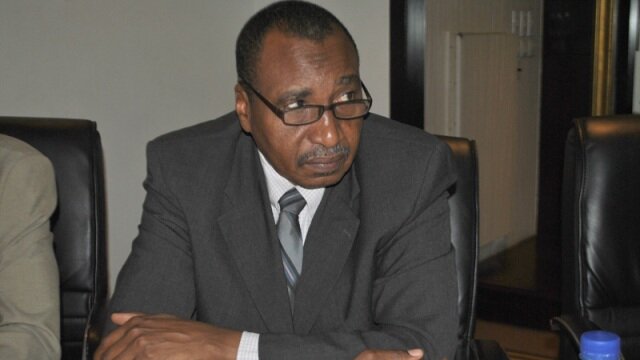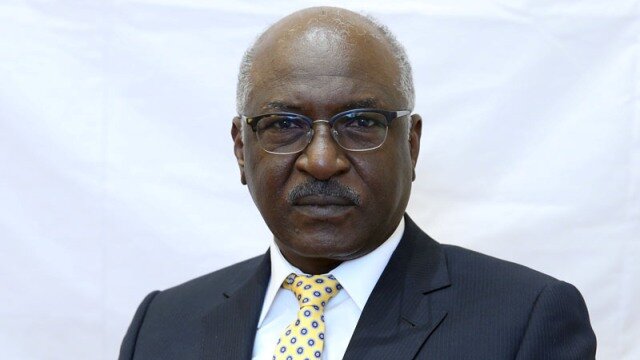Business and Finance aimed at promoting Sudan tourism potentials and to open its door to those who contribute
to introduce our beloved country to tourists, this article is a prepared by Sudan Embassy in Washington to carry its duty to improve bilateral relations, diplomatic ties and to create economic relations with business houses to push investment, tourism data considered as a roadmap to attract companies and to run tourism activities and to tourists to travel to Sudan.
Sudan enjoys various tourist resources due to the availability of enormous natural capabilities. It is regarded as one of the richest African countries in wildlife, birds and Nile natural scenery which encourages tourism investment. The climate in Sudan is characterized by varied climatic conditions which are moderate all the year round in the Red Sea area especially in the highlands such as Erkwiet Summer Resort.
The special concern being attached to the promotion of tourism in Sudan is necessitated by many factors represented in the necessity of activating domestic internal tourism, notably among the youths to familiarize with their country. Tourism activity also makes youths realize the power of Almighty Allah, thus deepening their faith in Him. It as well inculcates them with love for their country and is further considered an important economic resource as it brings foreign currency to the country. Tourism also promotes acquaintance and friendly relations with other people who are attracted to our country by its vast tourist resources.
In this way, tourism plays two key roles. First it boosts Sudan's good image to the outside world, reflecting the good nature of its people, its civilization, its popular heritage and its arts. Secondly, it contributes to the boosting of popular diplomacy of the country.
Sudan witnessed many successive civilizations such as those of Meroe and Kouh. The antiquities of those civilizations are still seen in many areas of the Northern State, Shendi area, Al-Bejrawia, Al-Naqa', Al-Musawarat, Merawie, karima, Al-Berkal Mountain and others. These tourist resources can generate a great revenue of foreign currency for the country if they are utilized and promoted in the best way in the international tourism markets.
Such being the case, the promotion of these resources gives Sudanese citizens the opportunity to spend their vacations inside the country, a matter which reduces the negative effects resulting from traveling abroad for tourist purposes.
Tourism activity started in Sudan since the dawn of independence with the country's meager resources being carefully and honestly directed to reflect Sudan's splendid tourist image to the outside world. The state, represented in the General Administration of Wildlife, embarked on the establishment of many game parks and reserves so that wild animals are well protected, bearing in mind that they are a national wealth to be treasured and passed on to the coming generations (game reserves of Nemolie, Booma, Al-Zaraf in the Southern States).
Antiquities Sites and Natural Areas:
Sudan is considered one of the few countries which enjoy a variety of tourism resources. These resources are represented in the Red Sea Coast which extends for more than 700 kilometers and is characterized by many tourist attractions, including diving and under-water photography, besides boat-rowing and water skiing.
The Red Sea Coast enjoys many gulfs and coral reefs as the area is free from contamination which plagues many seas and tourist areas in the world.
Sudan also enjoys an ancient heritage in the field of civilizations and antiquities representing a great attraction for tourists both from within and outside the country.
This heritage is centered in the Northern areas including Al-Nag'a Al-Musawarat, Karima, Al-Berkal, Merowie, Dongola and others. These areas and others saw ancient civilizations proved by the remains of the pyramids and temples, with a great part of them still lying unearthed. These areas attract many experts and researchers in this field. In addition, they are considered archaeological sites not experiencing any tourist leap before despite the availability of huge resources in them.
Central areas in Sudan including Sennar and Sinja contain antiquities of Al-Funj Kingdom (The Black Sultanate). The antiquities of this area bear testimony to the long and authentic history of the kingdom. There are many antiquities of the Mahdi State in east and west of Sudan and in the National Capital. These antiquities which reflect the glory and history of the Sudanese people, beside the existence of many other antiquities in other areas deserve concern to attract tourists from abroad to get acquainted with the history of the country.
In East Sudan, at Sawakin area, on the Red Sea, there are great antiquities indicating the existence of a historically great period of Sudan's history. Sawakin island, for example, is considered one of the areas which witnessed urban development and unique styles of architecture. It is now regarded as one of the world's few areas in this field. There are many tourists interested in this aspect of history and who can be attracted to these sites.
The state also set up Al-Dinder National Tourist Park for wildlife in the central state in 1935. This park is considered one of the greatest game reserves in Africa. It occupies a unique position north of the equator on an area of 2,470 square miles.
In 1990, the Government announced the establishment of Sanganieb national marine reserve on an area of about 12 square kilometers as a first Sudanese sea reserve at the Red Sea area. The government also set up Arous Tourist Village at the Red Sea area and villages of Jemieza in the Equatorial State. Areas of games are represented in the Red Sea Hills and birds hunting at Kindy Lake in Darfur state after it had been protected against poaching.
There are also game areas in South Sudan, Al-Dari Mountain, Al-Fuweir area, Al-Rugia Al-Zargha area, Talha Al-Misairi and Foanghar Mountain in Kordofan State.
Jebel Marra
Jebel Marra lies in western Sudan, one of the most distinct places in Darfur region. It stretches for several hundred miles from the small town of Kas in the South up to the outskirts of Al Fasher in the North, covering an area of almost 12800 square kilometers. Jabal Marra is 10,000 ft above sea level, the second highest in the country. It consists of a range of mountains 240 km long and 80 km wide, with waterfalls, volcanic lakes in an outstanding scenic beauty. The climate of the mountain is mild and of Mediterranean nature, where it rains almost the whole year round and that allows for the growth of abundant vegetation of citrus, apples and clusters of dense forest trees. Jebel Marra’s heavy rainfall and numerous gorges supply vast arable lands with a continuous flow of water turning it into ideal soil for the cultivation of sorghum, millet, vegetables and a wide variety of orchard trees.
-
Minister of Tourism Regulates Measures for wildlife protectionNext >


